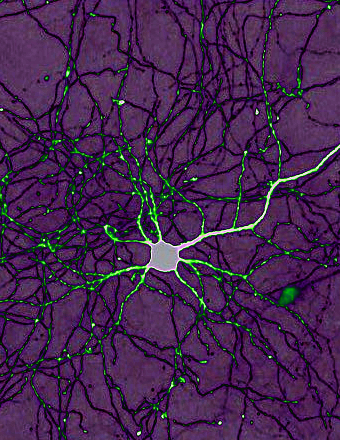Child stroke guidelines launched
 The Murdoch Children's Research Institute (MCRI) has published Australia’s first rehabilitation guidelines to help children who have had a stroke.
The Murdoch Children's Research Institute (MCRI) has published Australia’s first rehabilitation guidelines to help children who have had a stroke.
More than half of the 100 to 300 children who suffer a stroke each will be left with long-term disabilities, affecting their physical functioning, communication, learning and social behaviour.
“The lifelong burden of stroke is of course greater for children than adults, because more than half of strokes occur in children under five years of age. These children, therefore, face decades of living with disability,” says MCRI’s Associate Professor Mark MacKay.
“But perhaps the most crucial difference between paediatric and adult stroke is that the child will face difficulties achieving an independent life because the stroke happens while the child’s brain is still developing, whereas adults who have strokes lose independence.”
She said providing children with the best possible rehabilitation can reduce the long-term financial, psychological, functional and emotional effects of childhood stroke.
Dr Sarah Knight, Team Leader in the Disability and Rehabilitation team at the Murdoch Children’s Research Institute and Victorian Paediatric Rehabilitation Service, led the development of the guidelines.
“A key recommendation of the guidelines is that rehabilitation be delivered by a team of health professionals from diverse backgrounds,” she said.
“For example occupational therapists, physiotherapists, education consultants, clinical psychologists, neuropsychologists, speech pathologists, social workers and dieticians should work together with the child and their family in their rehabilitation to achieve the absolute optimal outcome for the child.”
Dr Knight said it was crucial that the child’s family be involved in all stages of the child’s rehabilitation.
“In particular the family must be involved in creating an individual care plan, setting goals for the child and they should also have a role in therapy sessions,” Dr Knight said.
“This involvement will also help the family feel capable and ready to care for the child at home.”








 Print
Print